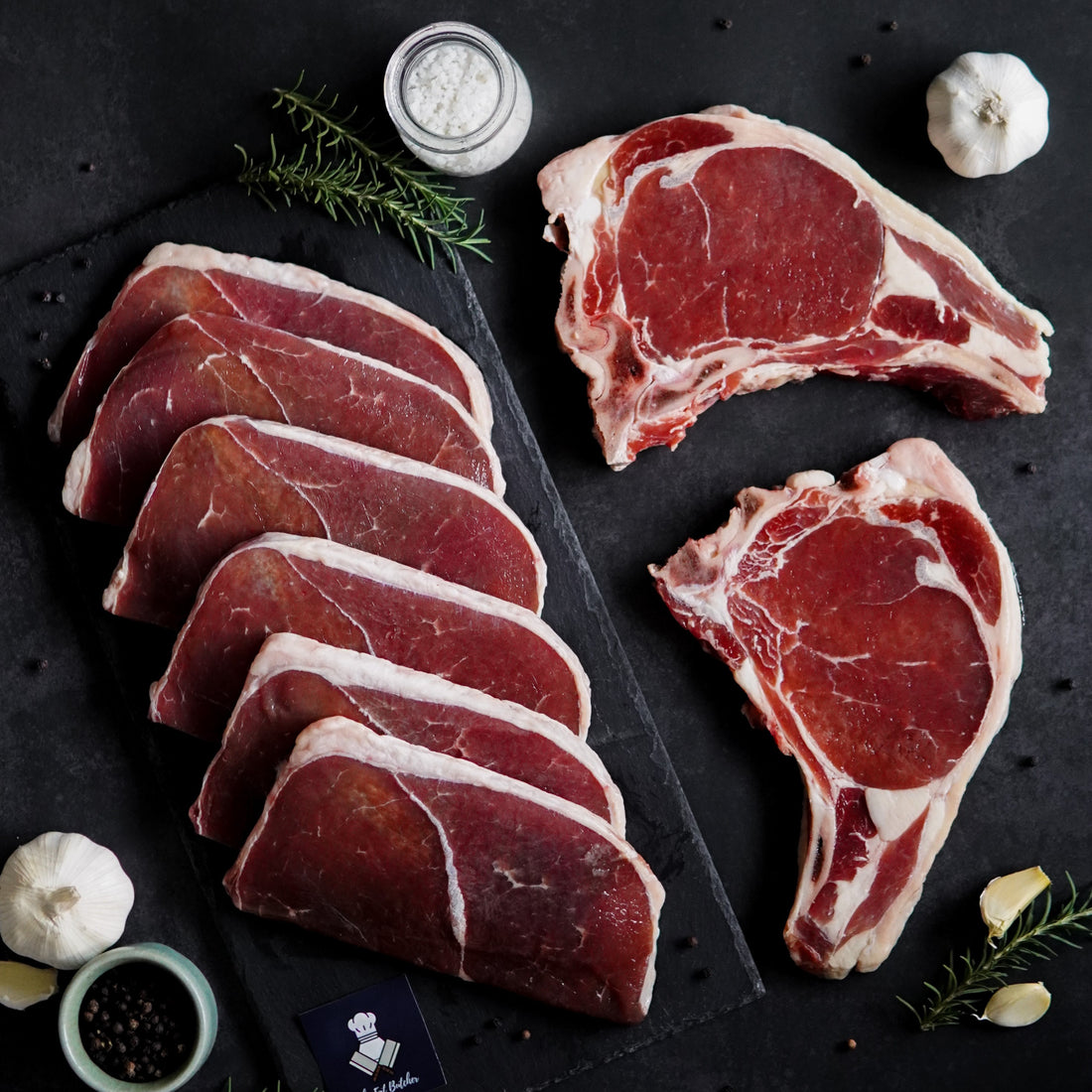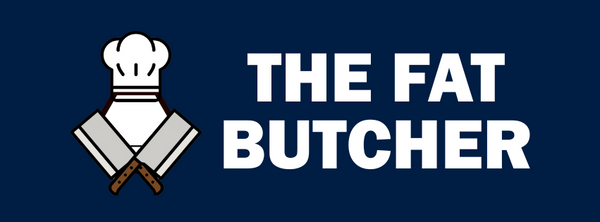
The Science of Butter Aging: How and Why It Works
Share

When it comes to the world of culinary innovation, few techniques have garnered as much attention and fascination as butter aging. This method, which involves enveloping a cut of meat in butter and allowing it to rest for an extended period, has been hailed for transforming ordinary steaks into mouthwatering culinary masterpieces. But what's the science behind this process, and why does it work so well? Let's take a deep dive into the fascinating world of butter aging and uncover the enzymatic and chemical processes that make it a game-changer for meat lovers.
The Role of Enzymes
At the heart of the butter aging process are enzymes. Enzymes are natural proteins found in both the meat and the butter. These enzymes play a crucial role in breaking down the meat's connective tissues and muscle fibers. The two primary enzymes at play are calpains and cathepsins.
- Calpains: These enzymes are activated when the meat is exposed to a slightly acidic environment, which is created when the butter's lactic acid reacts with the meat's pH. Calpains are responsible for the initial tenderization of the meat.
- Cathepsins: Cathepsins, on the other hand, become more active during extended aging periods. These enzymes work to further break down collagen and proteins in the meat, resulting in increased tenderness and flavor development.
The Butter Barrier
Butter serves a dual purpose in the aging process. Firstly, it acts as a protective barrier, preventing the meat from drying out and becoming tough during the aging period. Secondly, the fats in the butter help infuse the meat with rich, buttery flavors. As the enzymes do their work, the meat absorbs the luscious buttery essence, creating a uniquely flavorful profile.
Time and Temperature
The duration of butter aging is critical. While traditional dry aging can take several weeks, butter aging can achieve similar results in a fraction of the time, often just a few days. This accelerated process is due to the enzymes working more efficiently in the butter's controlled, slightly acidic environment.
Temperature control is also essential. Butter aging is typically done at slightly warmer temperatures than dry aging, around 50-55°F (10-13°C). This range ensures that the enzymes remain active without allowing harmful bacteria to proliferate.
Why It Works
Now, let's address the all-important question: Why does butter aging work so well?
Tenderness: The enzymatic breakdown of collagen and muscle fibers results in incredibly tender meat. This tenderness is often superior to traditionally aged cuts.
Flavor Enhancement: The butter imparts its rich, creamy flavor into the meat, creating a decadent taste profile that's unlike any other.
Accelerated Process: Butter aging achieves results in a shorter time, making it a practical choice for home cooks and restaurants alike.
Butter aging is a culinary technique that marries science and gastronomy to create extraordinary results. The enzymatic and chemical processes at play during butter aging transform a simple cut of meat into a culinary masterpiece. Whether you're a seasoned chef or an adventurous home cook, understanding the science behind butter aging opens up a world of delicious possibilities in the realm of steak preparation. So, don your apron, experiment with butter aging, and savor the delectable fruits of this culinary science.
